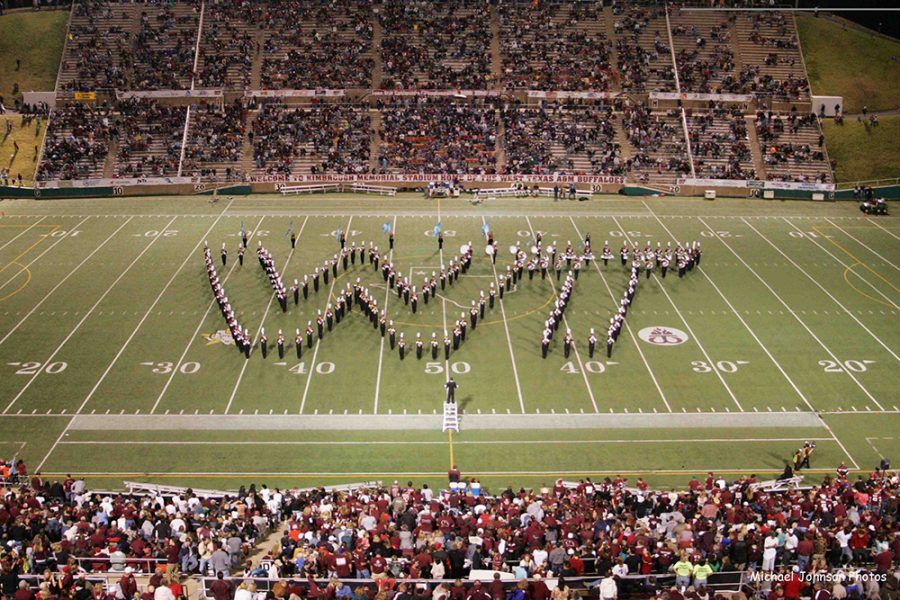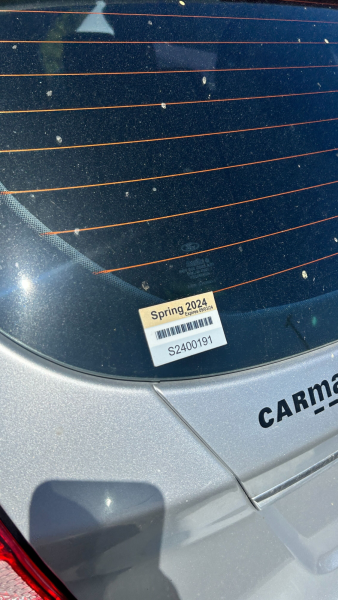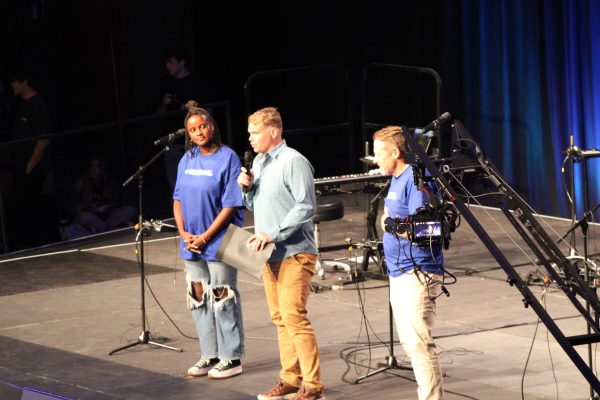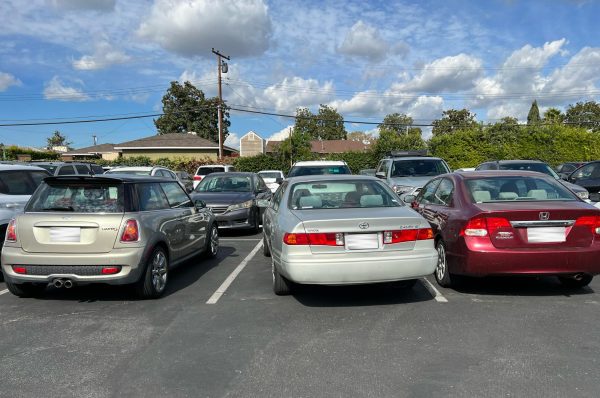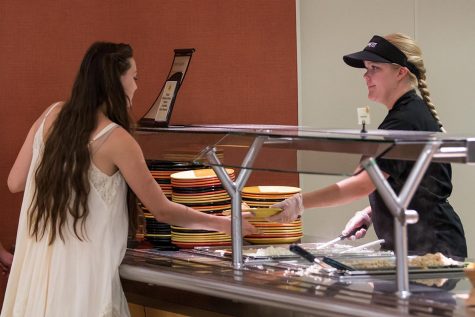Time out before move to NCAA
Why leaving the NAIA and moving into the NCAA will cause problems.
March 24, 2015
Biola University has chosen to follow suit with the likes of Azusa Pacific University and Concordia University, Irvine to leave the NAIA, to join Division II of the bigger, badder and more competitive and elite NCAA. While many support this decision, I would like to voice concerns about the transition.
I want to make it clear that I am strong supporter of Biola University athletics. I have no doubt that Biola’s board of trustees made their decision with the best intentions for our university. However, as a former student athlete and NAIA All-American, I would like to offer my perspective on a few aspects of Biola athletics as it relates to the upcoming transition.
One of the most common arguments in favor of the jump to the NCAA is that Biola has simply outgrown the NAIA. Besides, Biola’s rivals CUI and APU have left the GSAC and NAIA to move to the PacWest Conference in the greener pastures of Division II of the NCAA. However, I would ask to examine the records of these schools compared to that of Biola. APU athletic teams have won 37 NAIA championships and 112 GSAC titles. Athletic teams from CUI have turned out 7 team NAIA National Championships and 40 GSAC titles. Biola University’s teams have never won an NAIA National Championship and in over 20 years in the GSAC have only managed to bring home 14 conference championships as shown by our lack of banners in Chase Gymnasium. This begs the question — if we struggle to compete on the GSAC and NAIA National stages, why have we chosen to follow our dominating rivals into even stiffer competition? After all, Biola athletic teams seem to have their hands full as it is. For example, Biola has won only 16 of their 42 GSAC matchups to date this spring.
Another cause for concern is the financial commitment that Biola has chosen to make. More stringent insurance requirements, hiring of NCAA compliance officers, expensive application fees, annual dues and a huge increase in travel expenses top the list of growing financial obligations. If Biola makes it through the application process to Division II, they will join the PacWest Conference, which happens to have four member universities in Hawaii. The expenses of flights, hotels and additional meals will quickly add up in comparison to current expenditures. Also, there will be the unintended consequence of academic pressure among athletes due to the increased rigor of the travel schedule, which, if the current system remains, professors may choose not to accommodate. It is for these reasons that athletes will need a greater commitment from the university to allow preferred registration as well as different class and chapel attendance policies.
Lastly, the increase in regulation takes away some of Biola’s autonomy. The NCAA has thousands of pages of regulations regarding prospective and current student athletes. The most bothersome to coaches will be the lowered scholarship cap. On average, coaches of men’s teams will only be able to offer 81 percent of the scholarship money which was previously allowed under NAIA rules. Coaches of women’s teams will, on average, only be allowed to offer 88 percent of the previously allowed maximum.
While it is understandable that people may view the change as a positive step for Biola, I am concerned over the sustainability of the athletic programs. Most of our facilities do not meet requirements to hold NCAA Division II events and many of our teams struggle to compete at the NAIA level. Furthermore, recruiting athletes of strong character and having the scholarship dollars and academic support to keep them here may prove a challenge. I remain hopeful that Biola will be able to overcome these and other challenges, but only time will tell.


